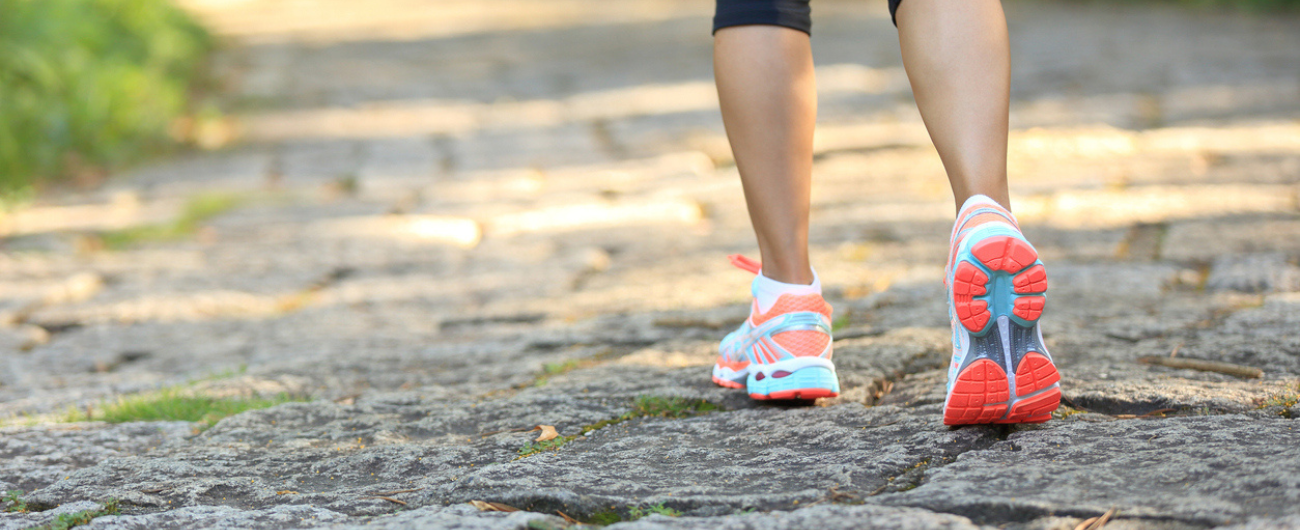Walking is a fundamental part of our daily lives, but have you ever considered walking backwards? This unconventional method, often seen as a playful activity, is gaining traction as a legitimate exercise with numerous health benefits. In this post, we'll delve into why walking backwards might be the next big thing to incorporate into your fitness routine.
Historical and Scientific Anecdotes
Walking backwards isn't just a modern fitness trend; it has historical and scientific roots.
- Ancient Practices: In ancient China, walking backwards was practiced as a form of exercise known as "retro-walking." It was believed to balance the yin and yang energies in the body and enhance well-being.
- Sports Training: Athletes, especially in sports like basketball and boxing, have long used backward walking as a training technique to improve agility, balance, and spatial awareness.
- Scientific Studies: Recent studies have shown that walking backwards can help improve memory. A study published in the journal 'Cognition' found that participants walking backwards had better recall of past events compared to those walking forwards or standing still.
- Rehabilitation: It has also been used in physical therapy to help people recover from leg and back injuries, demonstrating its effectiveness in improving muscle strength and joint mobility.

This rich history and scientific backing make backward walking more than just a fad, but a practice rooted in tradition and research.
The Benefits of Walking Backwards
Enhanced Muscle EngagementWalking backwards forces your body to use muscle groups differently than in forward walking. It particularly strengthens the calves, quads, and shins, offering a more comprehensive lower body workout.
Improved Balance and Coordination
This form of walking challenges your balance and proprioception, enhancing your coordination and spatial awareness.
Reduced Knee Strain
It's gentler on the knees, making it an excellent option for those with joint issues or recovering from certain injuries.
Boosted Cardiovascular Health
Walking backwards can increase your heart rate more than traditional walking, offering better cardiovascular benefits.
Enhanced Cognitive Function
This activity requires more concentration, thereby improving your focus and cognitive abilities.
Variety in Workout Routine
It adds a refreshing twist to your regular exercise regimen, keeping things interesting and engaging.
Incorporating Backward Walking into Your Routine
Start slowly and in a safe environment, like a quiet park, on the beach, or an empty sports track. Initially, you may feel disoriented, but with practice, it will become more comfortable. You can begin with short intervals, gradually increasing the duration as you get accustomed to the motion. Backward lunges could then be introduced for a deeper workout.

Safety Tips
- Choose a smooth, even surface to avoid tripping.
- Begin in an area free from obstacles and traffic.
- Consider having a spotter or walking with a friend when starting out.
- Wear appropriate footwear for support and grip.
Conclusion
Walking backwards offers a unique blend of physical and mental benefits, making it a worthy addition to your fitness routine. Not only does it spice up your exercise regimen, but it also provides specific health advantages that forward walking does not. So, why not give it a try and step backwards into a healthier you?
At Nature's Help, we're all about exploring innovative ways to enhance your health naturally. Visit our website for more health tips and to explore our range of natural health products designed for women's wellness at all abilities and every stage of life.






